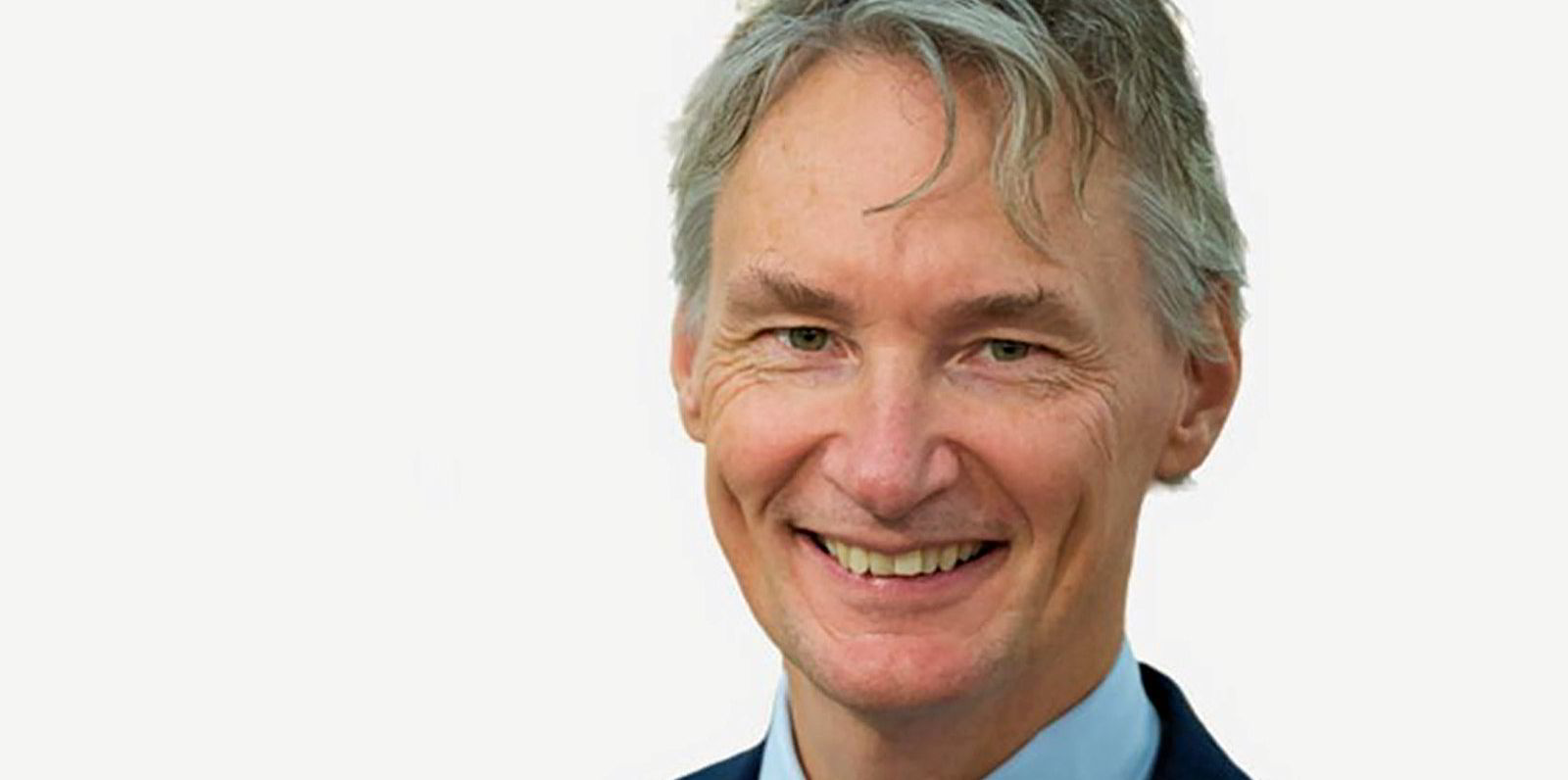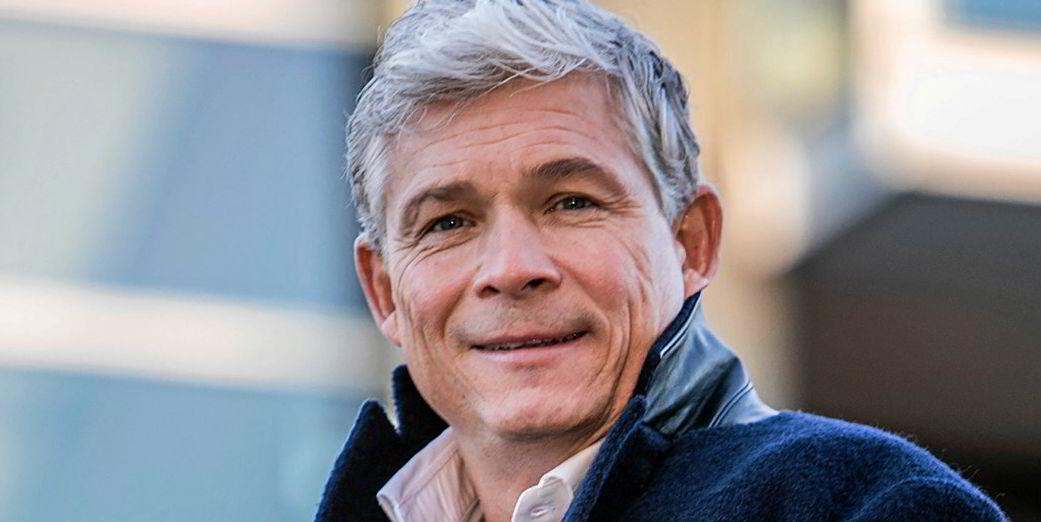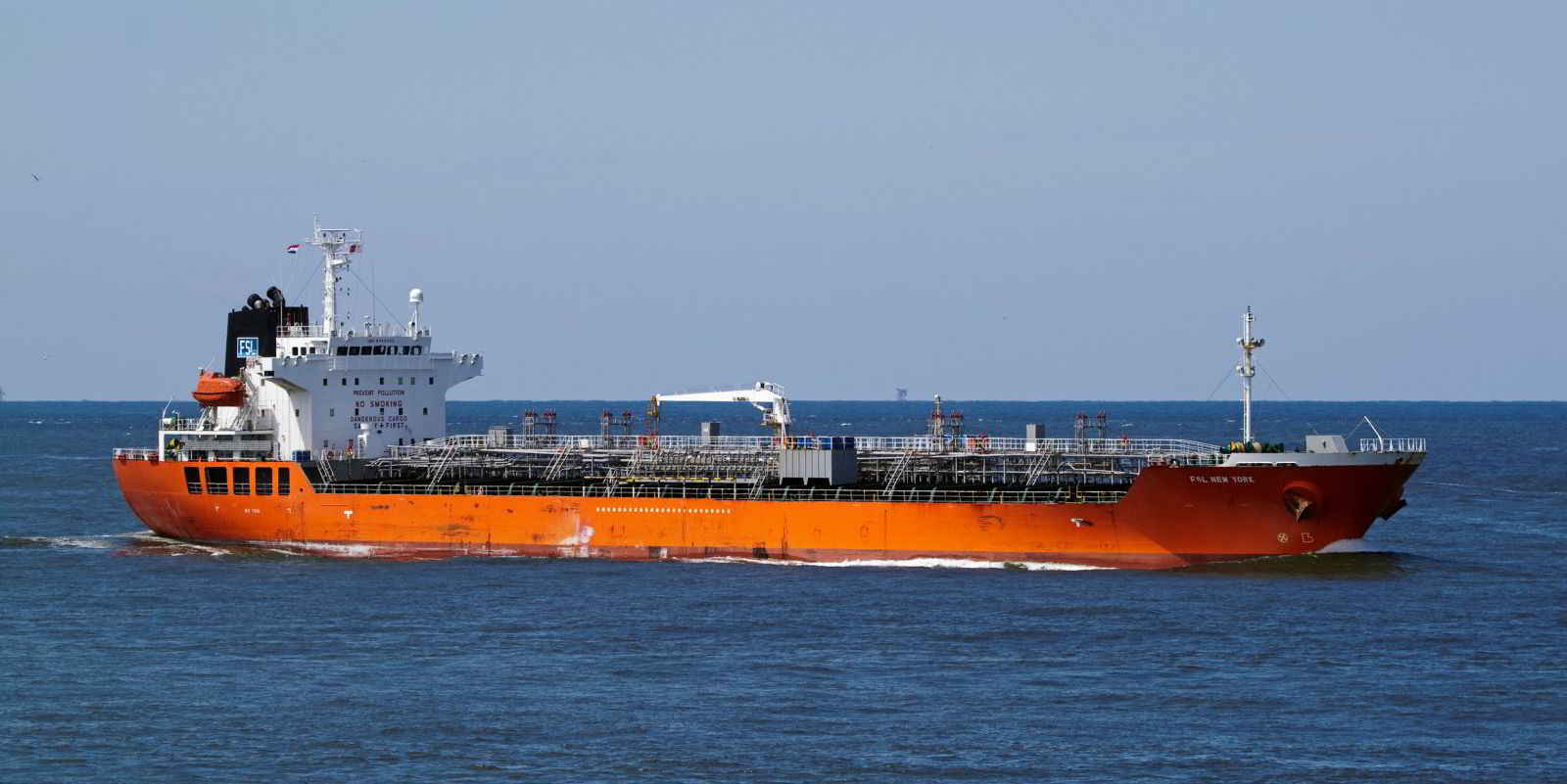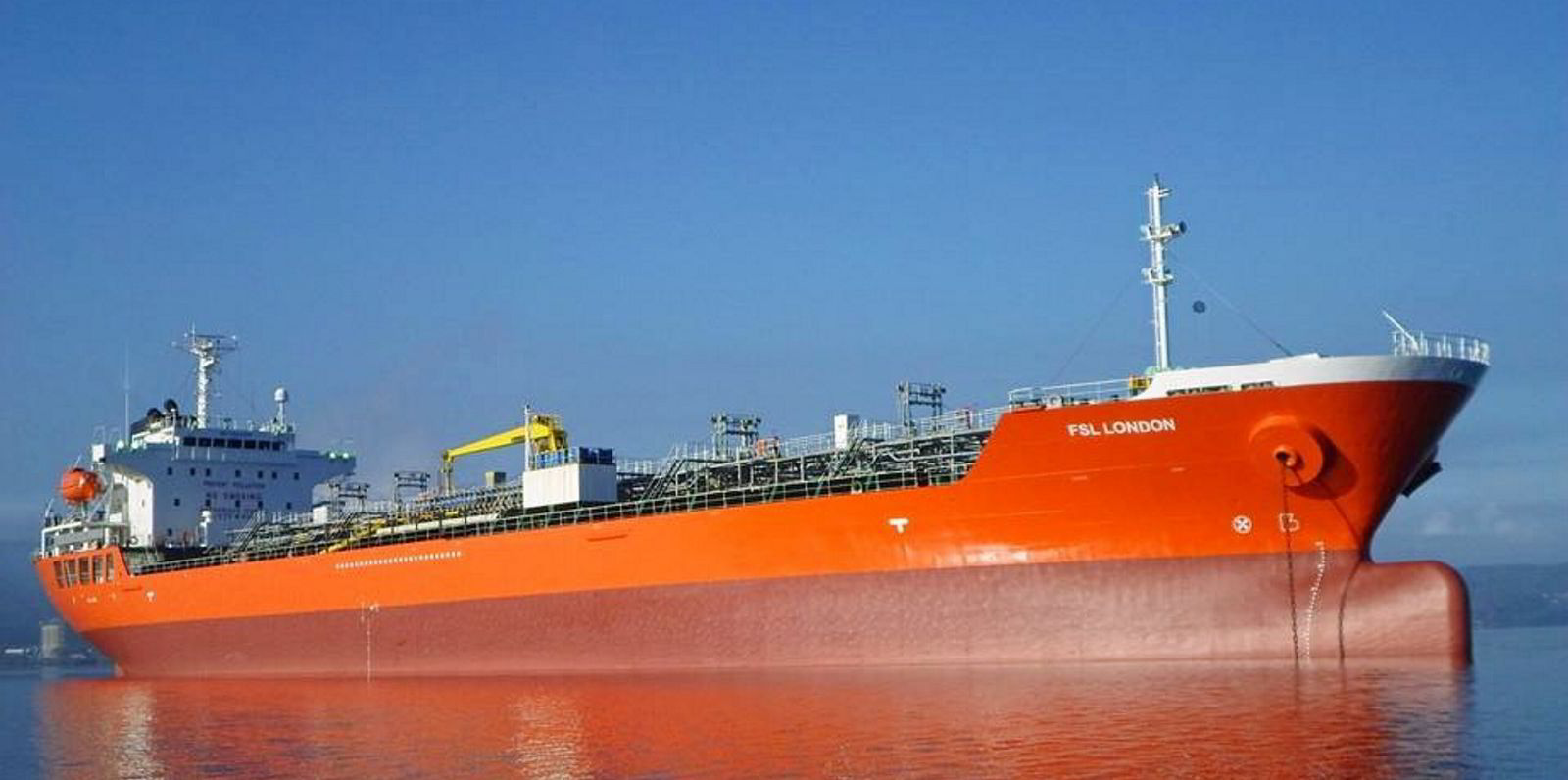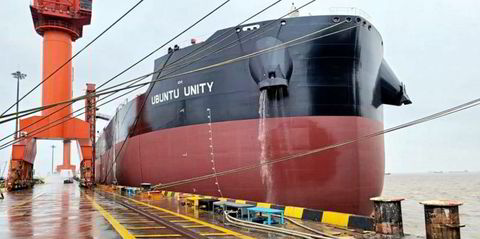Stolt Tankers president Lucas Vos believes a rebounding global economy will lure MR tankers back to their core markets, leaving chemical carriers in the clear.
The Netherlands-based tanker arm of Norway's Stolt-Nielsen group said spot rates for its vessels dropped 6.5% in its second quarter ending 31 May.
However, speaking on a conference call with analysts, Vos said chemical trades are "jumping back" this year and will continue to do so in 2022.
He added: "But as you well know, we now need to share it with more tonnage because we have the MR segment, or the swing tonnage as we call it, also in our market, because of the depressed earnings in their own markets."
Oil pipelines opening?
Vos said the company is looking at when this will change and views the normalisation of oil storage volumes as a positive.
"And with the economies heating up again, hopefully the oil pipeline will return to open, and transportation of oil will also resume, and MR tonnage can move out to their own segments again," the president added.
Vos still sees supply and demand as a plus for the sector.
"There is very little ordering going on, which I think is a healthy sign for a good recovery. So I would say longer term, I see a lot of signs on green for a good recovery in the market," he said.
Contract of affreightment volumes dropped 6% in the second quarter for Stolt's ships, partly due to the big winter freeze in the US.
This cost the group around $5m on the bottom line.
The contracted volumes were replaced by spot cargoes, which rose by as much as 5%, but at lower prices.
"They were already at a low. They have gone down even lower," Vos said of the spot numbers.
"And if you set that off against the higher bunker prices, then you can imagine that's not necessarily a good scenario."
Stolt Tankers also stopped calling along the west coast of South America, where the shipowner had one contract with a customer.
"So it's a conscious choice from our side to reduce that volume," Vos said.
Bunker bills rising
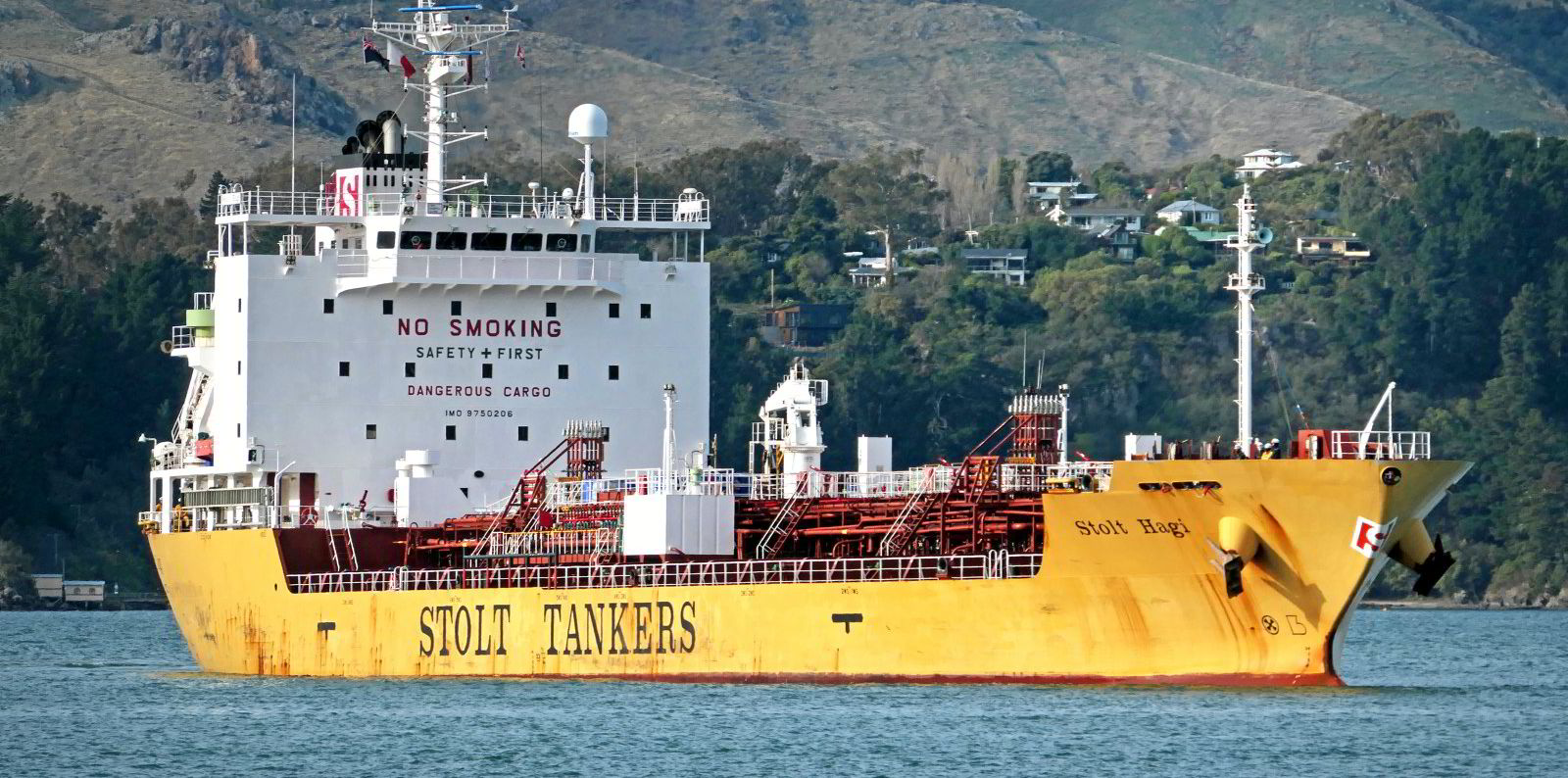
The executive revealed prices of bunkers consumed rose 25% in the second quarter, and were up 16% for fuel purchased in that period.
Overall costs increased only 7%, however.
Vos said: "What is the differential there? The difference really is that we have a natural hedge...through our contracted volumes."
He explained that 93% of contracts with customers have a bunker hedge, protecting 62% of total volume against increases in fuel prices.
But the president also said that cost-saving measures implemented over the last two years have also helped.
Speeds have been cut, and ship trims have been optimised.
Fuel has been bought in cheaper hubs, while making sure optimal routing is continuously maintained, Vos said.
Group net profit rose to $7.8m in the quarter from $3m a year ago, but only because a loss from discontinued operations of $9.3m in 2020 dropped off the balance sheet.
This related to the Sterling Caviar unit, which was sold in October 2020.
